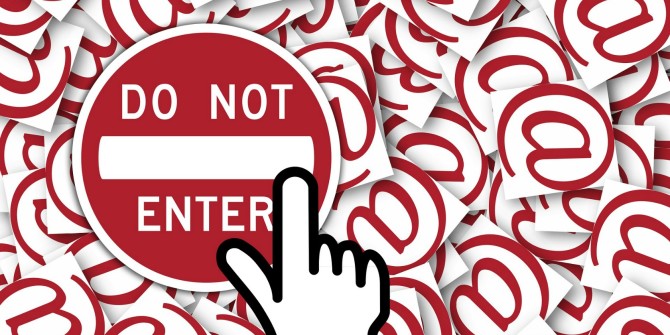The Guide From Semalt To Tackling Email Hoax Or Phishing Scam

Email scams are intended to steal money and inforsmation from recipients and victims. Email scams, also known as phishing frauds are increasing trends as fraudsters invent new tricks of stealing bank details and personal information from victims. In other cases, the email messages contain malicious software attachments that can infect mobile, computer or a tablet with viruses.
In this regard, Oliver King, the Customer Success Manager of Semalt, highlights important tips on how to stop a phishing scam.
Foremost, check the address of the email. It is worth to check the address of the email origin for hoaxing. Often, fraudsters change the name of the address to make it appear like it is sent by a legit organization or a company. An email hoax usually contains bizarre address behind what recipients see as a genuine sender name. To establish if an email is a scam, use the computer mouse to right-click or hover the cursor over the sender's name where the email address can be seen.

Secondly, determine if the greeting is impersonal. According to internet experts, fraudsters like including the name of the recipient in the first line of the email text. However, not all scammers use this trick. At times, fraud emails will say "Hi" and include a recipient's email address, and in other circumstances, the fraudsters include names of the victims. Email recipients are cautioned that such impersonal contacting approach is a sign of a scam.
Thirdly, check contact dates and information. Establish if the "contact us" details at the bottom have any link to a website. Is the linked site genuine? Can it be clicked? If the answer is a no, then be on an alert. To check where a site links to without clicking it, hover the cursor over the link. The web address linked to a website will then appear at the bottom left-hand corner. Additionally, establish if the copyright dates are up to date. Scammers usually forget this critical detail.
Email branding is also helpful in determining scam. Often, scam emails pretend to be from reputable and large companies, deal sites, retailers, trusted government departments or even supermarkets. Thus checking branding and scrutinizing the quality of branded logos or products can strongly indicate if an email is a fraud. Is the email branding similar to what can be found on a government or company site? Does it match any genuine email from the organization? If the answer is no, a recipient should be keen to avoid falling into a scam.
Is the email requesting bank details or personal information? If an email is asking a recipient to send or update personal info or bank details, it is most likely to be a fraud. Personal data include National Insurance number, pin code, credit card security pin, debit card number or security details the recipient used to sign up for a site. Most companies do not require clients to remit personal information via emails.
Finally, poor spelling, presentation, and grammar are perfect signs of scam emails. Often, scammers lack consistency in using font sizes, styles and mismatch of brand logos. Check out for these signs to remain safe.